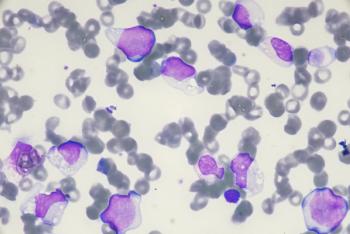
Dupixent Approved For Children
Recently approved for children 6 to 11 years, Dupixent reduces severe asthma attacks and improves lung function.
Asthma is a common, chronic disease impacting about 6 million U.S. children under the age of 18 years, and very year, 1 in 6 children with asthma visits the emergency department, according to the CDC. Asthma in children can impair airway development reduce lung function, and people with asthma are more susceptible to infections.
Despite treatment with current standard-of-care inhaled corticosteroids and bronchodilators, these children may continue to experience serious symptoms such as coughing, wheezing and difficulty breathing.
Total direct costs of pediatric asthma were $5.92 billion in 2013, according to one
Monoclonal antibody therapies have become important to helping manage asthma exacerbations. The first monoclonal antibody approved with a pediatric indication to treat asthma was Genentech’s Xolair (omalizumab) in 2003. But
The most recent approval of a monoclonal antibody for pediatric asthma is Dupixent (dupilumab). First approved by the FDA in 2018 for asthma in people 12 and older, Dupixent was
Developed by Regeneron Pharmaceuticals and Sanofi, Dupixent has also been shown to reduce severe asthma attacks, as well as improve lung function in children 6 to 11 years old. It was approved in 2017 for moderate-to-serve atopic dermatitis.
Dupixent is a monoclonal antibody that inhibits the signaling of the interleukin-4 (IL-4) and interleukin-13 (IL-13) pathways. IL-4 and IL-13 are key drivers of the inflammation that plays a role in atopic dermatitis, asthma and chronic rhinosinusitis with nasal polyposis.
The FDA approval is based on data from a phase 3 trial that evaluated the efficacy and safety of Dupixent combined with standard-of-care asthma therapy in children with uncontrolled moderate-to-severe asthma.
Among patients who had high levels of eosinophils, those who added Dupixent (100 mg or 200 mg every two weeks) to standard-of-care, experienced a 65% average reduction of severe asthma attacks over one year compared with placebo. Patients also had improved asthma control at 24 weeks, with 81% of patients reporting a clinically meaningful improvement in disease symptoms compared with 64% of placebo patients.
Additionally, improved lung function seen as early as two weeks and sustained for up to 52 weeks. At 12 weeks, patients taking Dupixent improved their lung function by 5.32 percentage points compared with placebo.
The most common adverse events were injection site reactions, viral upper respiratory tract infections, and a higher-than-normal level of eosinophils.
Newsletter
Get the latest industry news, event updates, and more from Managed healthcare Executive.





















































